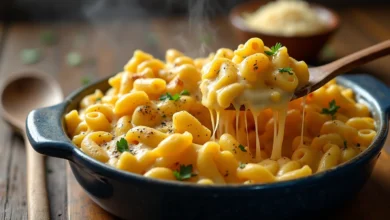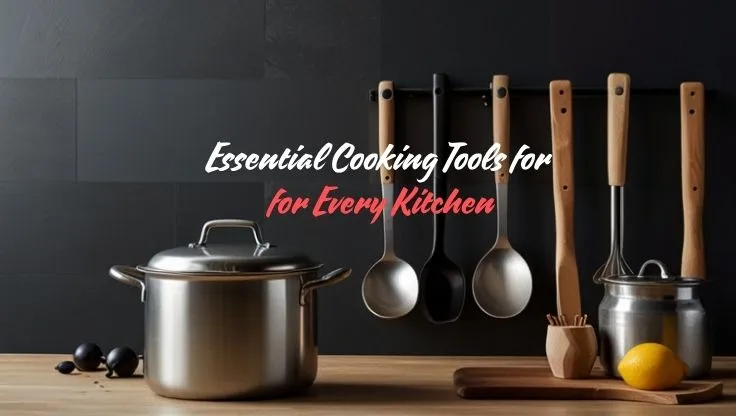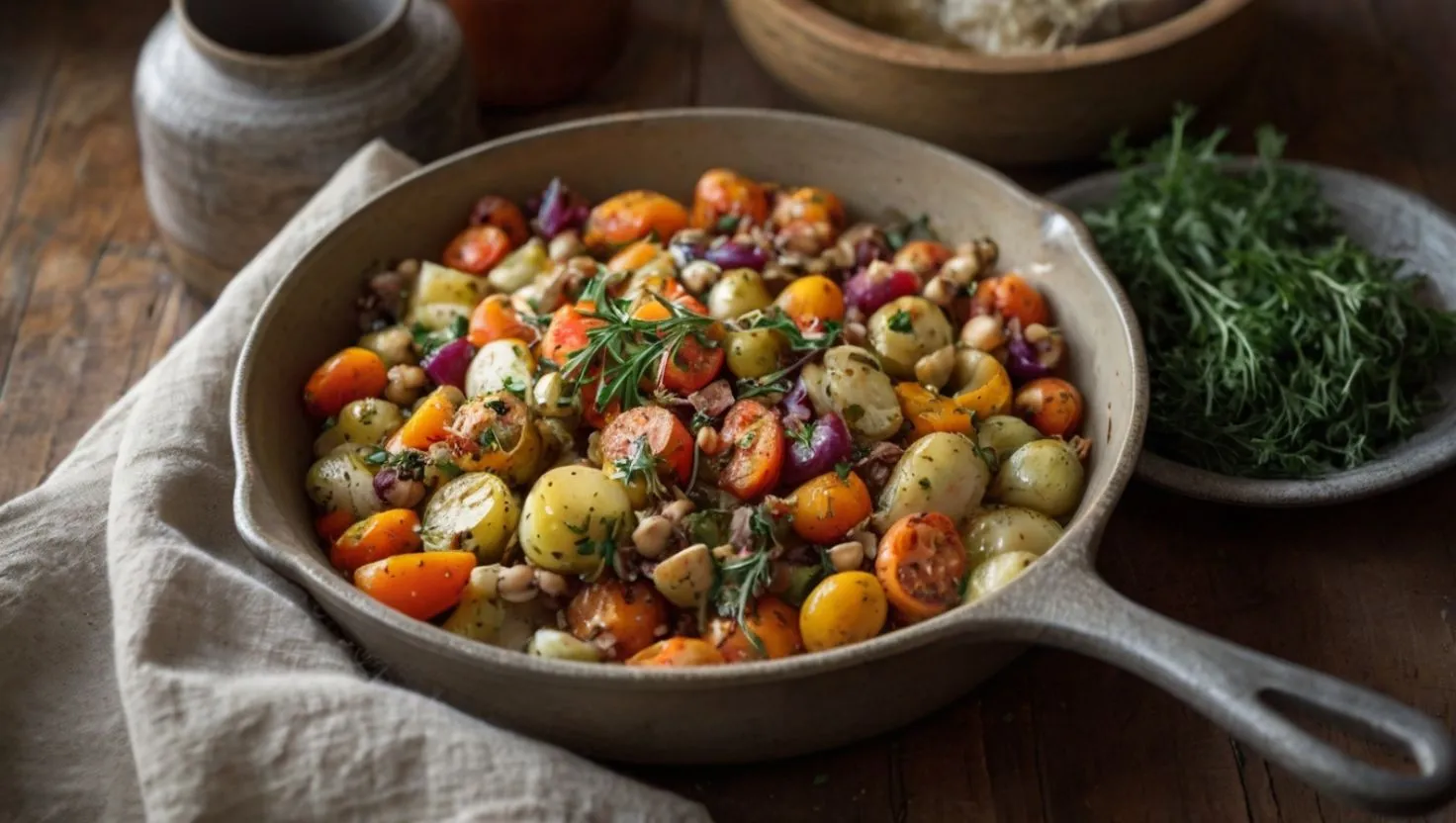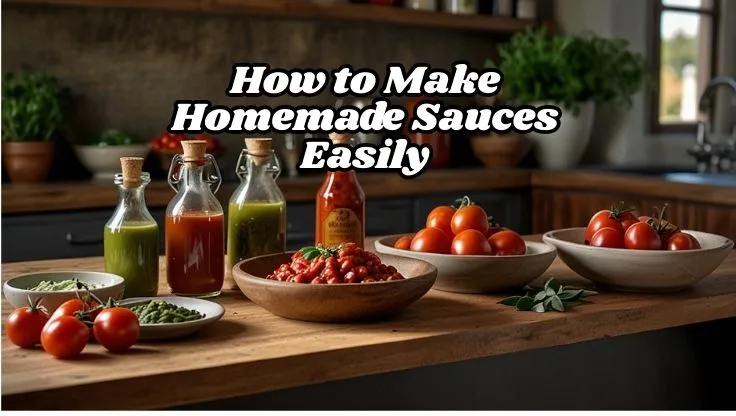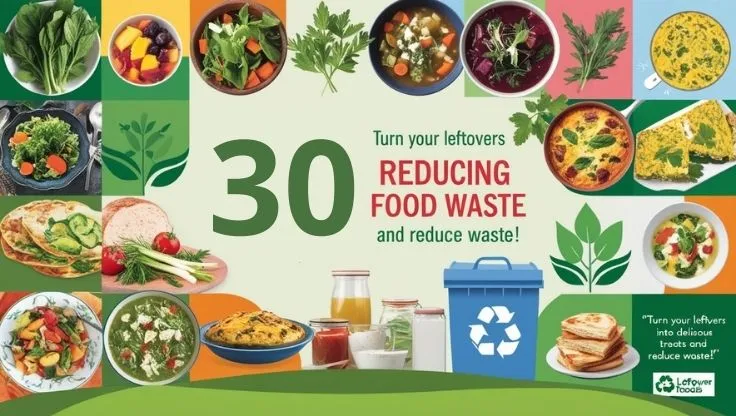
30 Ingenious Ideas to Reduce Food Waste
Creative Ways to Use Leftovers: 30 Ingenious Ideas to Reduce Food Waste
Have you ever stood in front of your fridge, overwhelmed by a collection of leftover ingredients? That half-eaten bell pepper, a few tired mushrooms, or a handful of herbs that were meant for a dish long forgotten? You’re not alone. Many of us grapple with the guilt of wasting food and the dilemma of what to do with these remnants. But here’s the good news: leftovers don’t have to be the end of the road for your ingredients. Instead, they can spark your culinary creativity and help you save money while making a positive impact on the environment.
In this article, we’ll explore 30 creative ways to use up leftover ingredients, turning potential waste into delicious meals. From transforming forgotten vegetables into flavorful dishes to utilizing leftover proteins, you’ll discover how to make the most of every ingredient in your kitchen. Let’s dive in and embrace the art of using leftovers!
The Environmental Impact of Food Waste
Understanding Food Waste
Food waste is a pressing global issue. According to the Food and Agriculture Organization (FAO), approximately 1/3 of all food produced for human consumption is wasted. This staggering statistic equates to about 1.3 billion tons of food discarded each year. When food is thrown away, not only are we wasting the resources used to produce, transport, and store it, but we’re also contributing to environmental problems.
The Consequences of Waste
Methane, a powerful greenhouse gas that contributes to climate change, is released when food waste breaks down in landfills. In fact, food waste is responsible for about 8-10% of global greenhouse gas emissions. By learning to use up our leftovers, we can play a small but significant role in reducing this impact.
Personal Insight
I remember the first time I truly understood the value of reducing food waste. I was in college and had just moved into my first apartment. Cooking for one often led to leftover ingredients piling up in my fridge. One weekend, I decided to challenge myself: I would only use what I had on hand. What started as a necessity turned into a creative adventure. I made a delicious vegetable soup, a stir-fry, and even a unique frittata using random bits of vegetables and eggs. Not only did I clear out my fridge, but I also discovered new recipes I still enjoy today.
Economic Benefits of Using Leftovers
Saving Money with Smart Cooking
Using leftovers is not just beneficial for the planet; it’s also great for your wallet. Here are some ways you can save money by creatively using your leftover ingredients:
- Reduce Grocery Bills: By incorporating leftovers into your meals, you’re effectively using what you’ve already purchased. This means fewer trips to the grocery store and a reduction in your overall spending.
- Meal Planning: Planning your meals around leftovers can help prevent overbuying and ensure you’re using up what you have. For instance, if you know you have leftover chicken from a roast, you can plan to make chicken tacos or salads later in the week.
- Batch Cooking: Preparing large quantities of meals and freezing portions for later can also help. When you make a big batch of soup or casserole, you can use it throughout the week, preventing food from going bad.
Incorporating Keywords Naturally
Using keywords naturally is crucial for SEO. Phrases like “using leftovers creatively” or “reducing food waste with leftovers” should flow seamlessly in your writing. This ensures that your content remains engaging and search-friendly.
Creative Ways to Use Leftover Ingredients
Transforming Leftovers into Delicious Meals
Now that we understand the importance of reducing food waste and saving money, let’s get into the heart of the matter: 30 creative ways to use up leftover ingredients.
Leftover Vegetables
- Vegetable Broth: Gather your vegetable scraps—onion peels, carrot tops, and wilted greens. Simmer them in water for an hour to create a flavorful broth perfect for soups and stews.
- Stir-Fries: A quick and easy way to use up various vegetables. Just sauté your leftover veggies with some soy sauce, garlic, and ginger for a satisfying meal.
- Frittatas: Combine leftover vegetables with eggs and cheese to make a delicious frittata, great for breakfast or brunch.
- Veggie Tacos: Sauté leftover vegetables with spices and serve them in tortillas with toppings like avocado and salsa.
- Vegetable Pancakes: Grate leftover vegetables like zucchini or carrots, mix with flour and eggs, and pan-fry for tasty veggie pancakes.
Leftover Proteins
- Sandwiches and Wraps: Use leftover meats in sandwiches or wraps with fresh greens and condiments for a quick lunch.
- Salads: Toss leftover proteins into salads for a hearty meal. Grilled chicken, beef, or even beans can add a protein punch to any salad.
- Tacos: Repurpose leftover chicken, beef, or beans into tacos with your favorite toppings.
- Casseroles: Combine leftover proteins with grains and veggies to create a comforting casserole.
- Soups: Add leftover meats to your homemade soups for extra flavor and protein.
Leftover Grains and Starches
- Fried Rice: A classic dish for using leftover rice. Stir-fry with vegetables and an egg for a quick meal.
- Grain Bowls: Layer leftover grains like quinoa or rice with veggies and proteins for a nutritious grain bowl.
- Casseroles: Mix grains with leftover proteins and vegetables for a hearty, one-dish meal.
- Baked Goods: Use leftover mashed potatoes in recipes for breads or savory muffins.
Leftover Herbs and Spices
- Herb Pesto: Blend leftover herbs with nuts, olive oil, and cheese for a versatile sauce that can be used in pasta, on sandwiches, or as a dip.
- Flavored Oils: Infuse oils with leftover herbs for dressings or cooking.
- Herb Butter: Mix softened butter with minced herbs for a flavorful spread for bread or vegetables.
Leftover Dairy Products
- Smoothies: Incorporate leftover yogurt or milk into smoothies for a nutritious boost.
- Cheesy Bakes: Use leftover cheeses in pasta bakes, gratins, or stuffed vegetables.
- Creamy Sauces: Turn leftover cream or cheese into a delicious sauce for pasta or vegetables.
Miscellaneous Leftovers
- Sauces and Dips: Transform leftover ingredients into sauces or dips. For example, blend leftover roasted vegetables into a creamy dip.
- Desserts: Use ripe fruits or dairy in cakes, muffins, or other desserts. Overripe bananas make for excellent banana bread!
- Pickling: If you have leftover vegetables, consider pickling them. Quick pickles can add flavor and crunch to many dishes.
- Granola Bars: Combine leftover nuts, seeds, and dried fruits to create homemade granola bars.
- Smoothie Packs: Freeze leftover fruits in portion-sized bags to make smoothie preparation a breeze.
Creative Recipe Ideas with Leftovers
| Leftover Type | Recipe Idea | Key Ingredients |
|---|---|---|
| Vegetables | Vegetable Soup | Mixed leftover veggies, broth |
| Proteins | Chicken Tacos | Leftover chicken, tortillas, toppings |
| Grains | Fried Rice | Leftover rice, vegetables, eggs |
| Herbs | Herb Pesto | Leftover herbs, nuts, olive oil |
| Dairy | Cheesy Pasta Bake | Leftover cheese, pasta, sauce |
Conclusion
In this journey through the world of leftovers, we’ve uncovered the environmental and economic benefits of reducing food waste while discovering 30 creative ways to use up leftover ingredients. From transforming vegetables into hearty soups to repurposing proteins into flavorful tacos, the possibilities are endless.
By embracing the practice of using leftovers, you not only save money but also contribute positively to the planet. Remember, each small action counts—your creativity in the kitchen can make a significant difference in reducing food waste.
Now it’s your turn! Take a look in your fridge and see what leftovers you have on hand. Get creative and try out some of the ideas mentioned in this article. Leave a comment below with your recipes, advice, and experiences. Together, let’s celebrate the joy of cooking and the value of sustainability!


